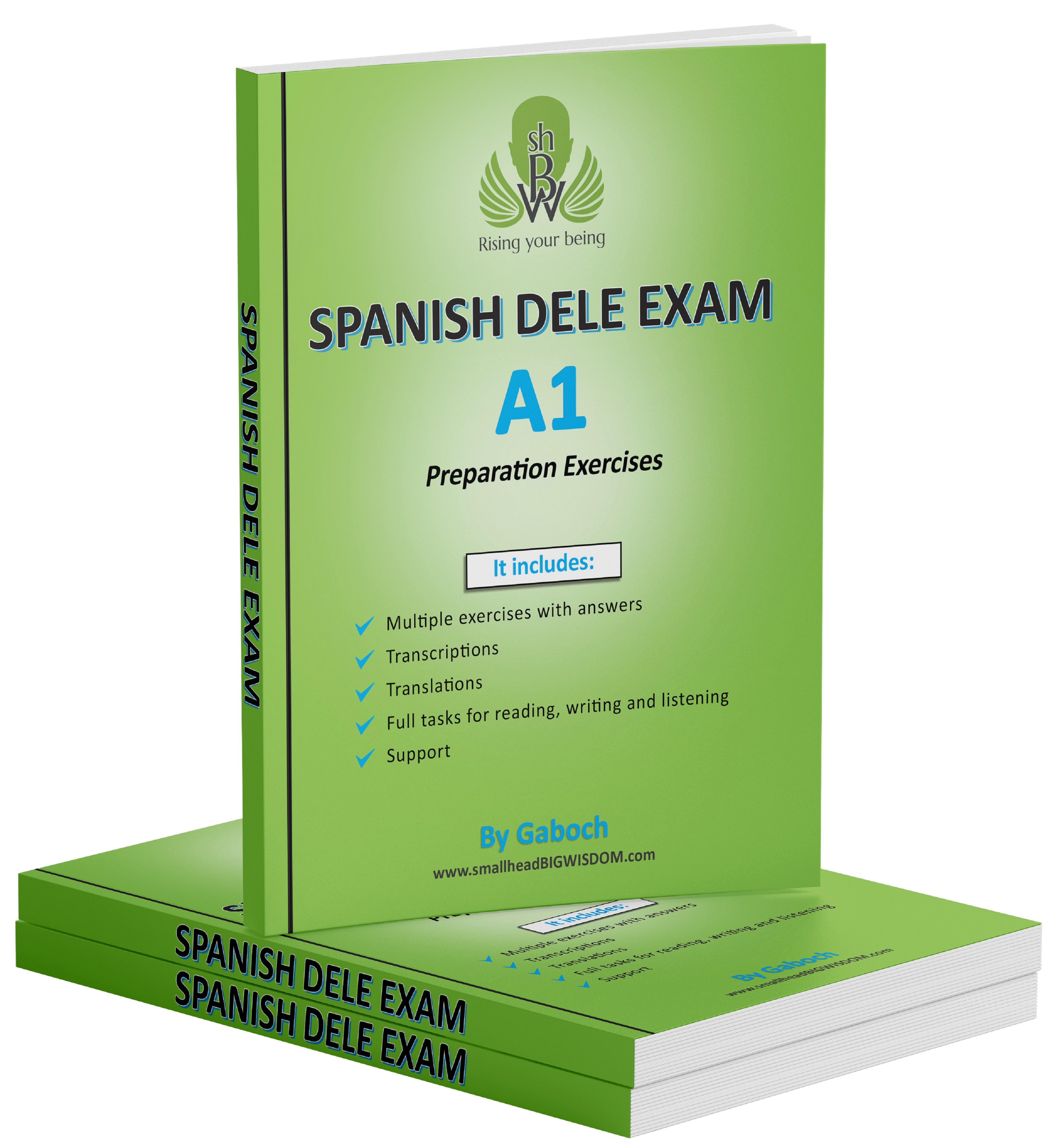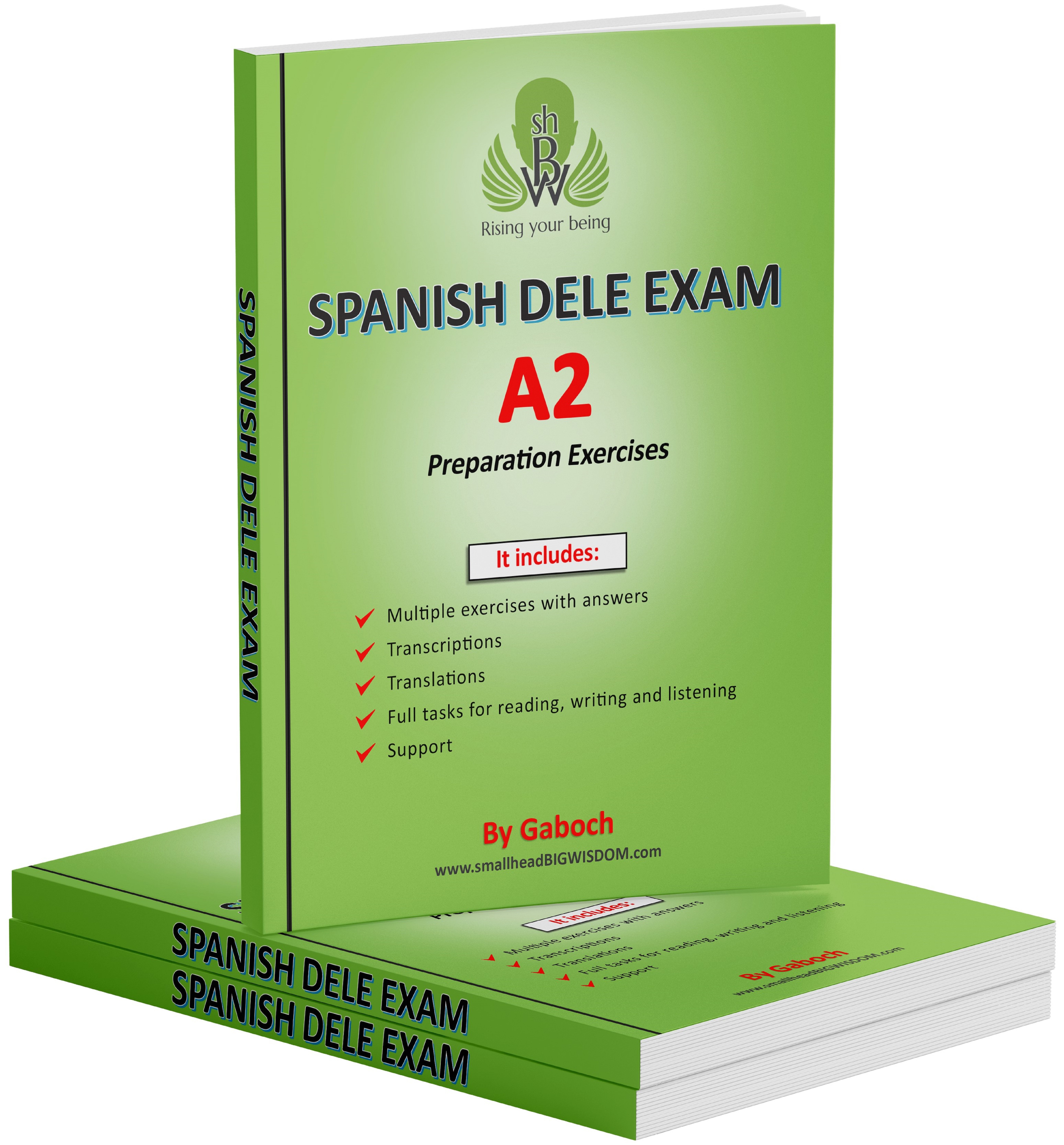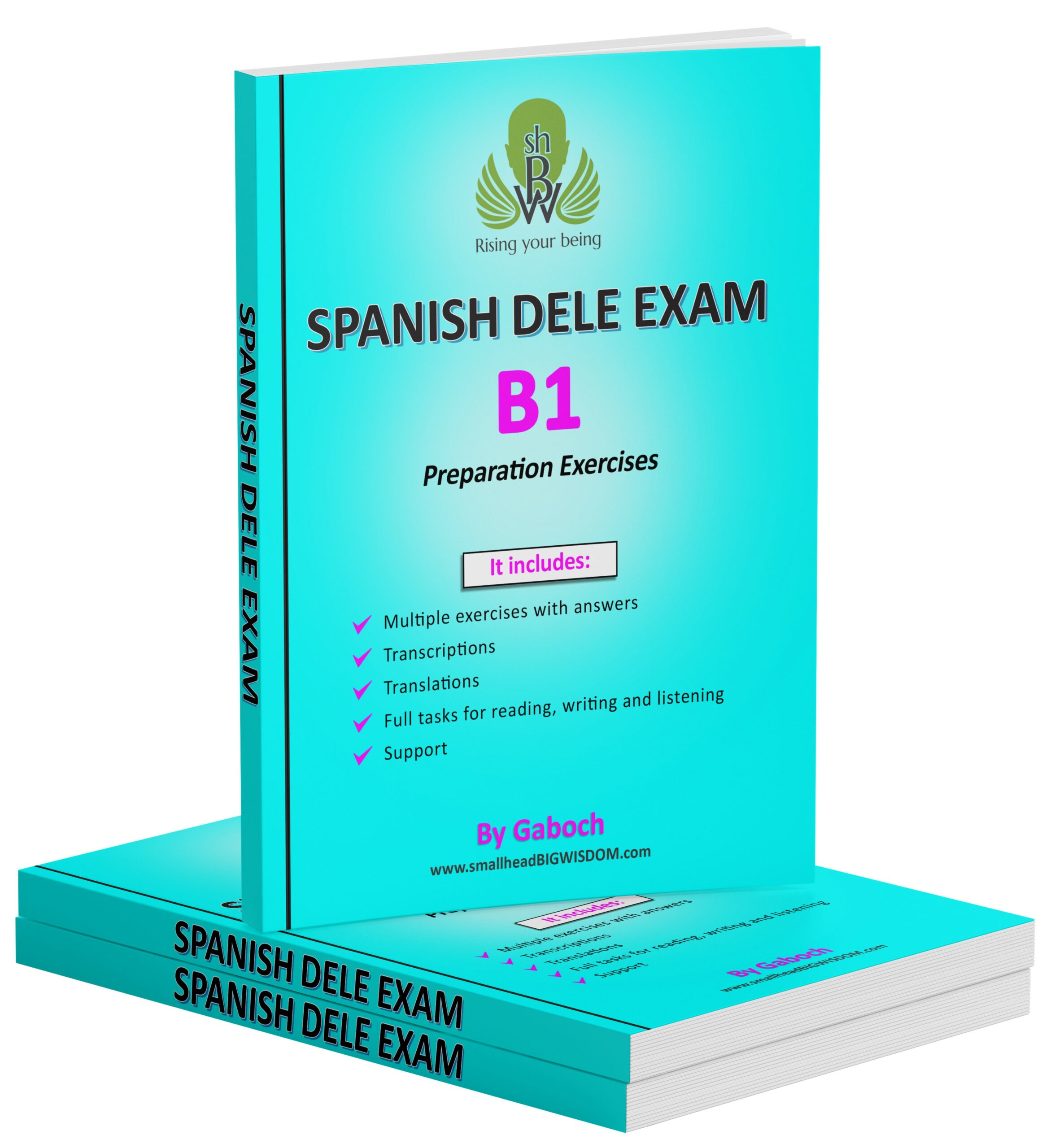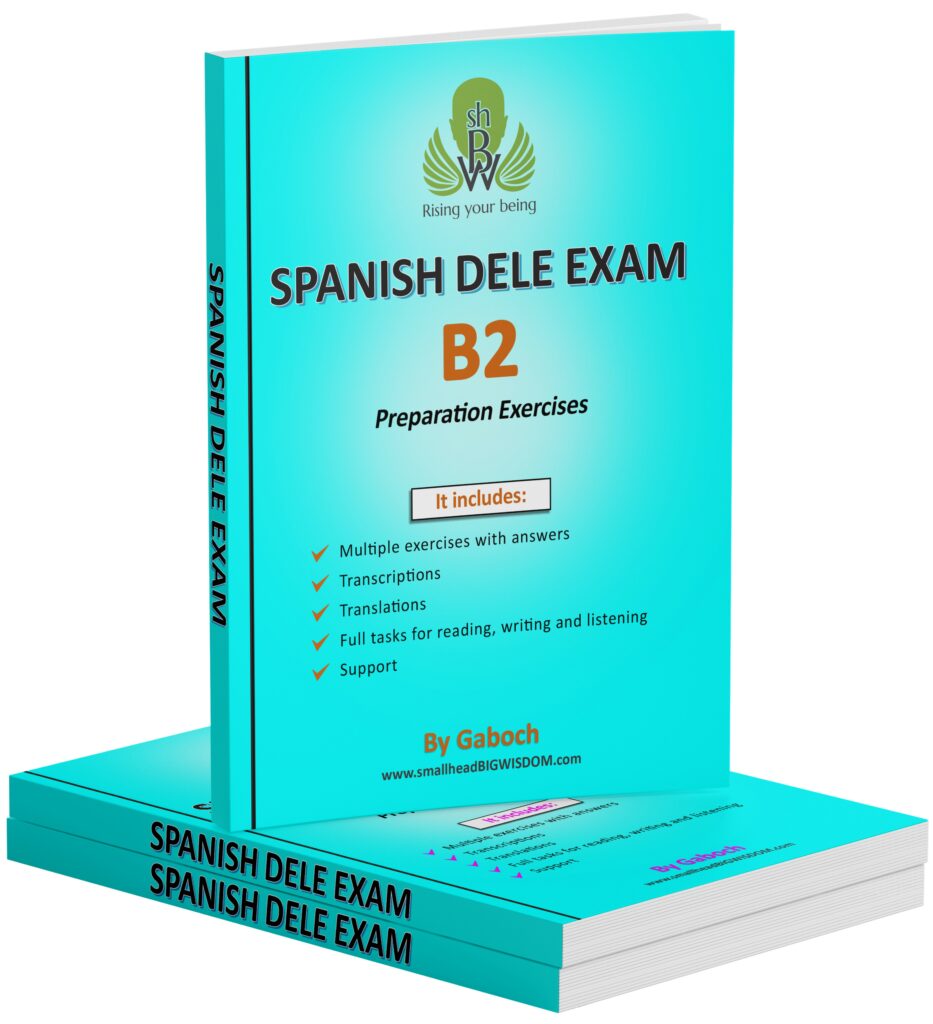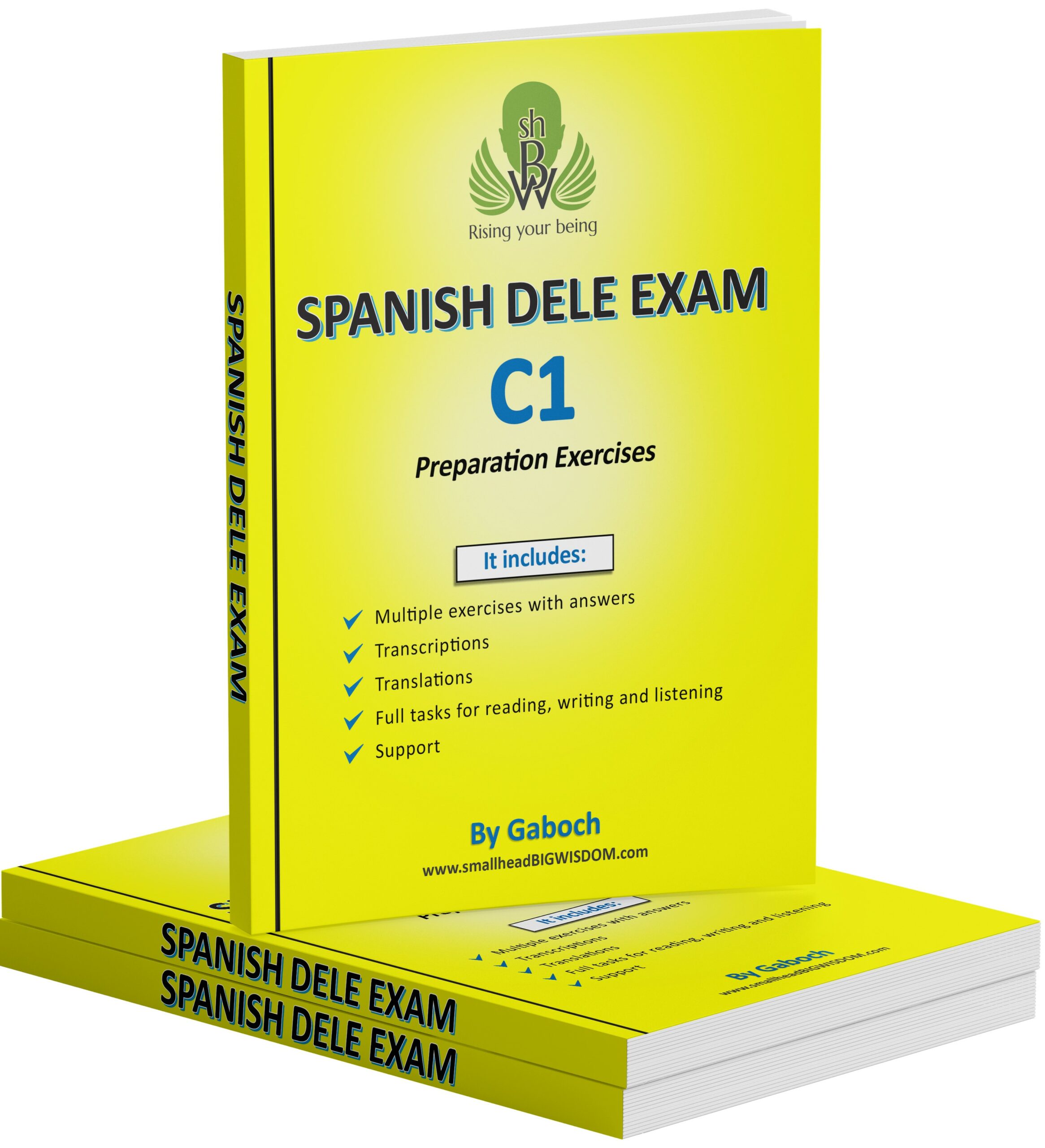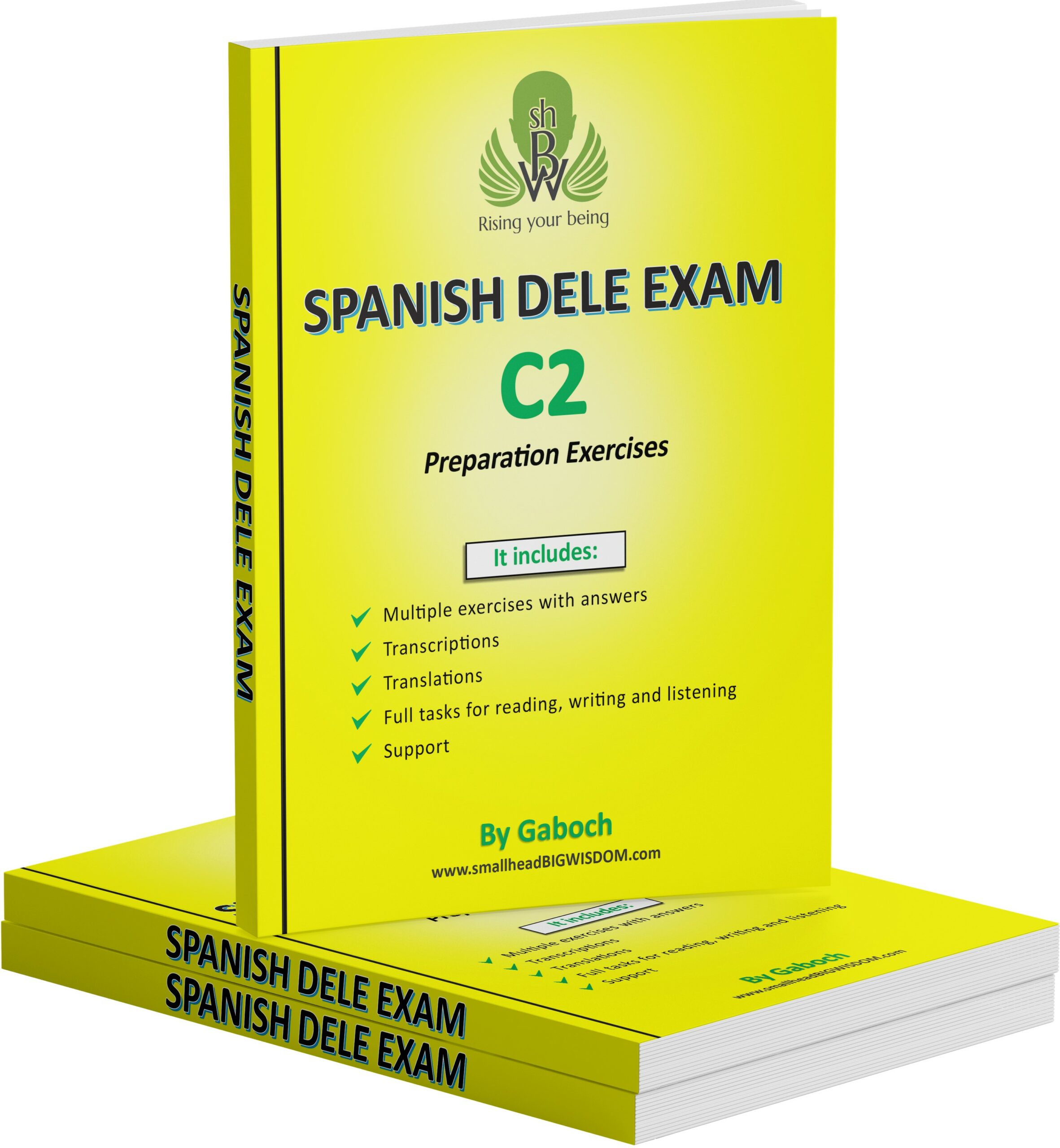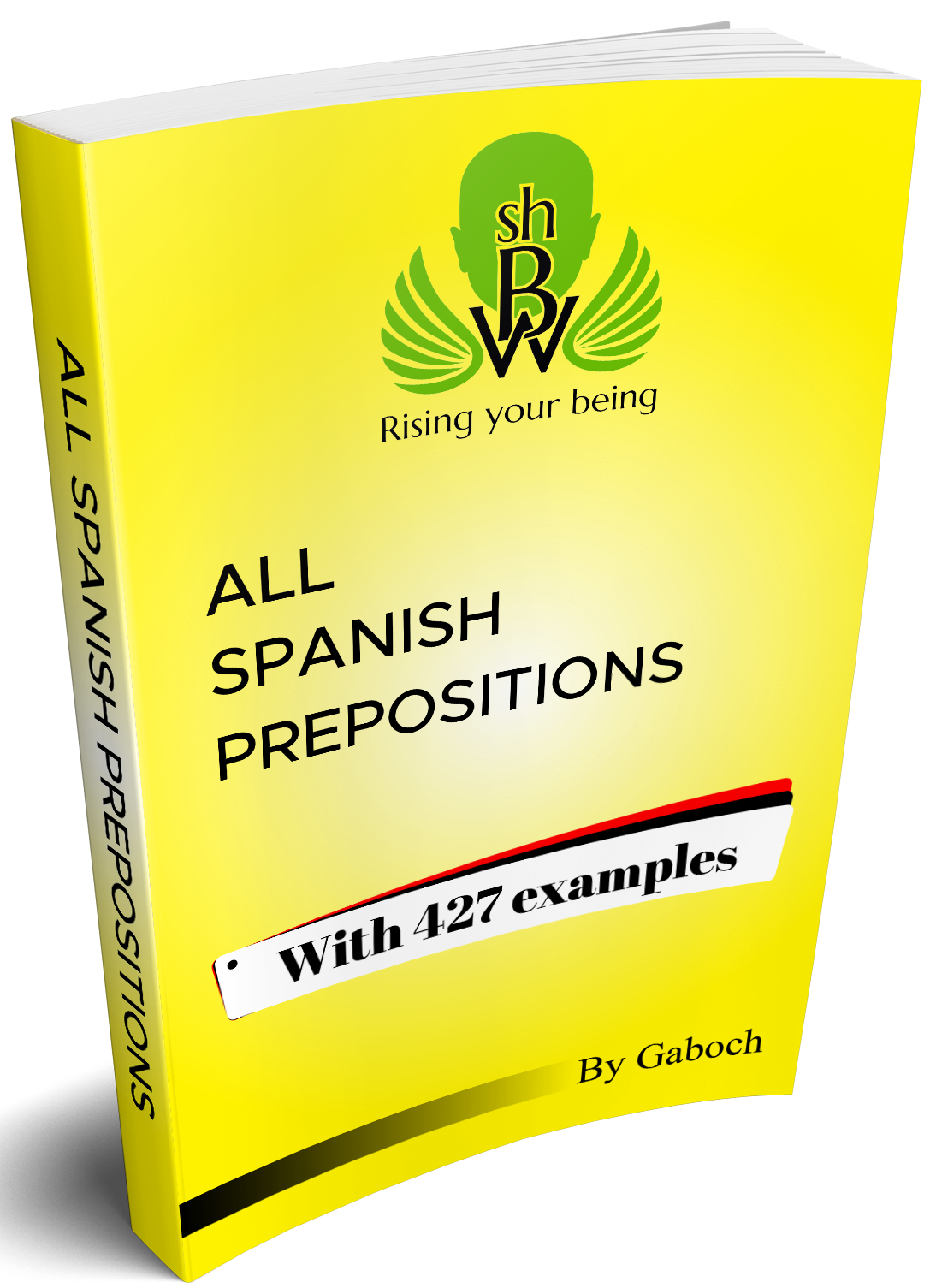Paroxytone words (Graves)
smallhead BIGWISDOM
Rising your being
Paroxytone words (Graves)
Syllable: It’s a unit of pronunciation with a vowel sound.
Accent (prosodic): It’s the highest stress made on a syllable
Diacritical mark: It’s the visible mark made on a vowel. It’s commonly known as written accent (Only one diacritical mark per word is correct in Spanish).
Note: In Spanish, all words have prosodic accent but not all words have diacritical mark or written accent.
Some words have two prosodic accents, such as the words ended in “mente.” Because of these two accents, the words ended in “mente” are neither “agudas”, “graves”, “esdrújulas” nor “sobreesdrújulas.” They are special words.
Examples: activamente, cobardemente, efectivamente, religiosamente, repentinamente.
These rules are applicable only to the words with a single prosodic accent.
Paroxytones words (graves or llanas): They are the words with the stress on the second-to-last (penultimate) syllable. The written accent must be placed when the last letter of the word is NOT “n”, “s” or a “vowel”.
Examples: árbol, lápiz, deuda, pionero, publico.
Important note:
In order to correctly pronounce any word that has no written accent, consider the following rules:
- If the last letter of the word is either “n”, “s” or a “vowel”, the stress must be on the penultimate syllable.
Examples: cosa, casa, ejemplo, gallina, volumen, entonces, certamen, injustamente, abiertamente
- In the other cases, the stress must be on the last syllable.
Examples: analizar, pared, arroz, virtud,
Get the book about 1100 English-Spanish Cognates!
Bonus: Audio pronunciations
Get it now!
(See Table of Content)

